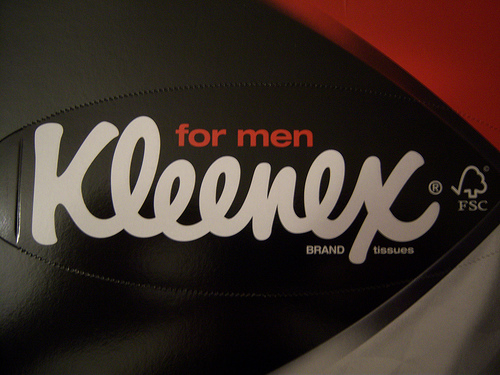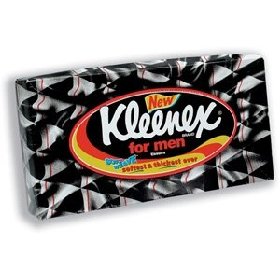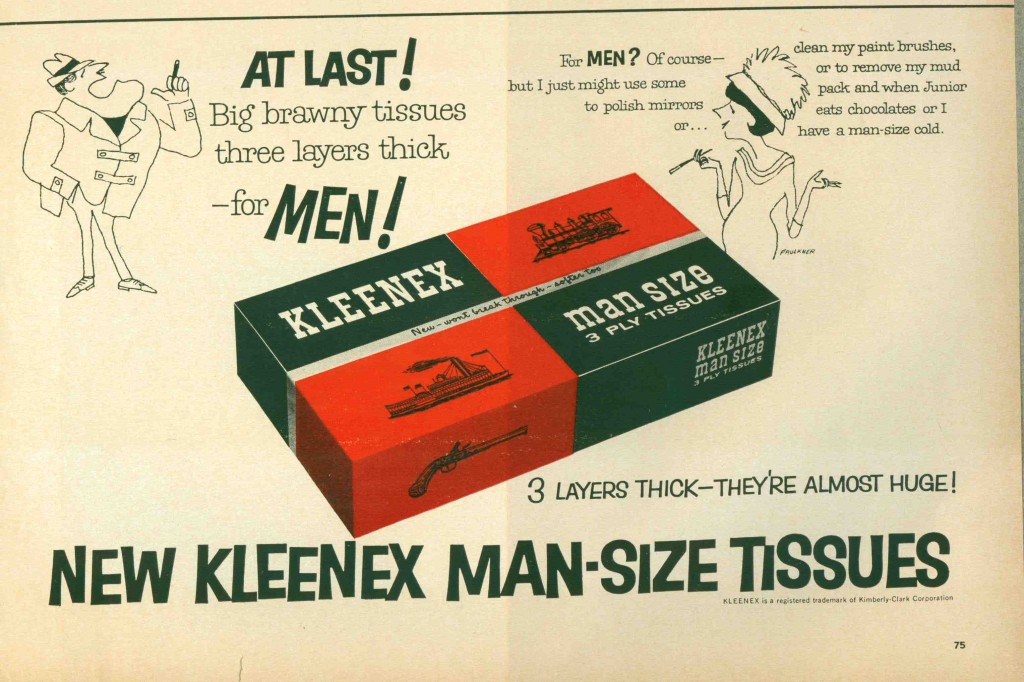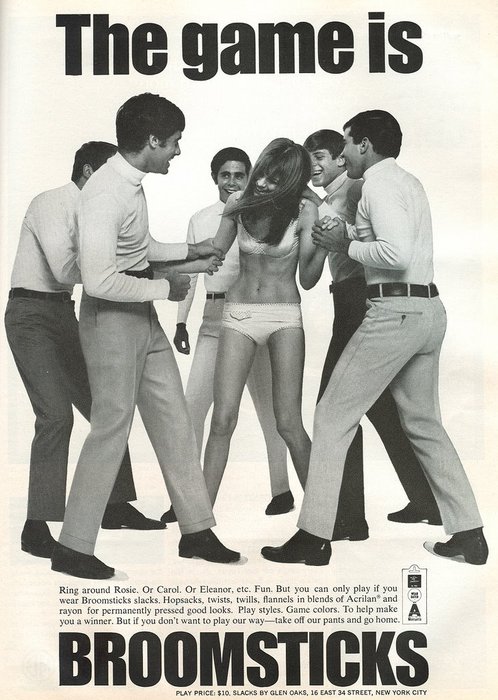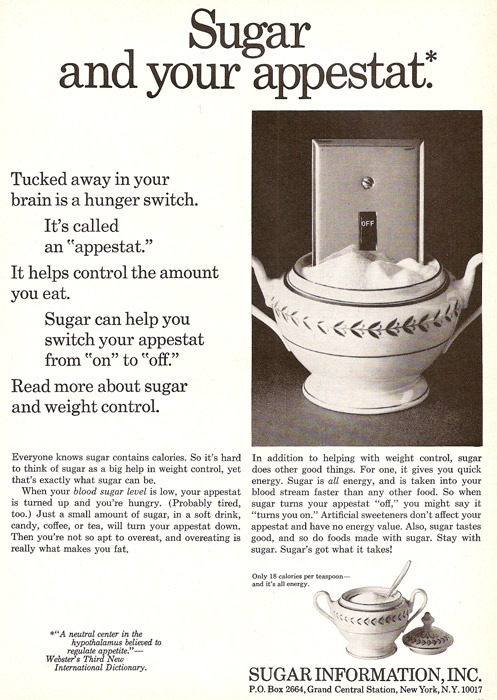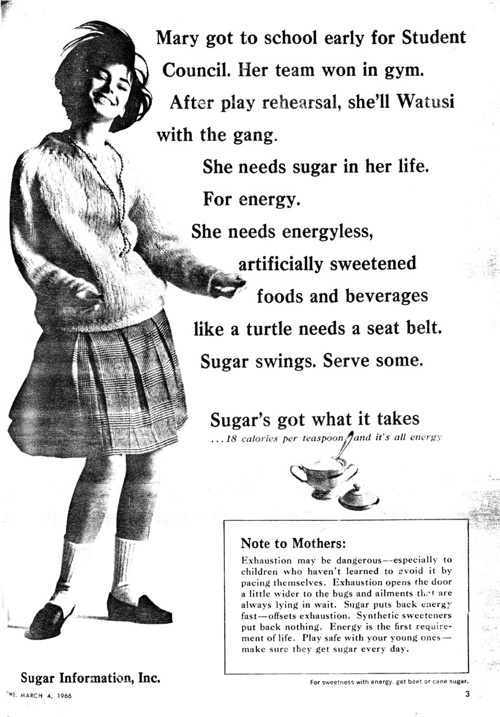Cross-posted at Montclair Socioblog.
Claude the brand consultant was consulting with me – i.e., he was picking up the cappuccino tab at Starbuck’s. He was about to start teaching a course called something like “Communications and Public Affairs,” and not being an academic (though he’s a really good teacher), he wanted some advice on the syllabus.
We finally got around to the idea that Messages about Issues had to be tailored for specific Audiences or Publics, particularly their Interests and Values. (Those capitalized words were possible major headings in the syllabus.)
I immediately thought of the example of Texas and litter. How could you convince Texans to be more respectful of public places and not toss all that crap out onto the roads they drove on? The Ladybird Johnson approach – “Highway Beautification”?
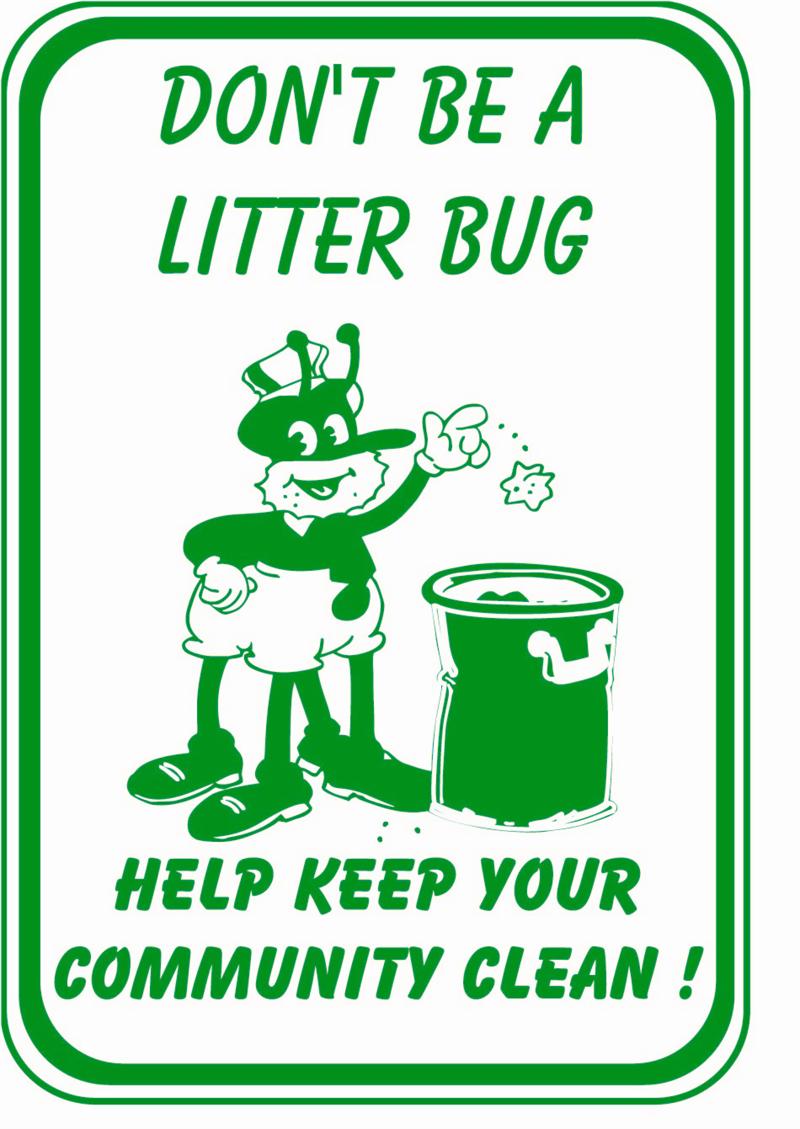
Wrong audience. The people who were littering obviously didn’t care about highway beauty.
The guy you were trying to reach was Bubba, the classic red stater – fiercely individualistic, anti-government, macho. A slob, and probably proud of it. You couldn’t appeal to self-interest since it’s in Bubba’s self-interest to chuck his garbage out the window. Even hefty fines (and they are hefty) would work only if you could catch litterers often enough – unlikely on the Texas highways.
The best way in was Values. But how? “Don’t be a Litterbug, Keep Your Community Clean” would be noo nice, too feminine or babyish, and, like “Pitch In” too collectivist. Instead, Roy Spence and Tim McClure at the Austin ad agency GSD&M had the Texas DOT go with chauvinism – Texas chauvinism. The idea they played on was not that littering was ugly or wrong or costly, but that it hurt Texas. And thus in 1985 was born one of the most famous and effective campaigns in the history of advertising.
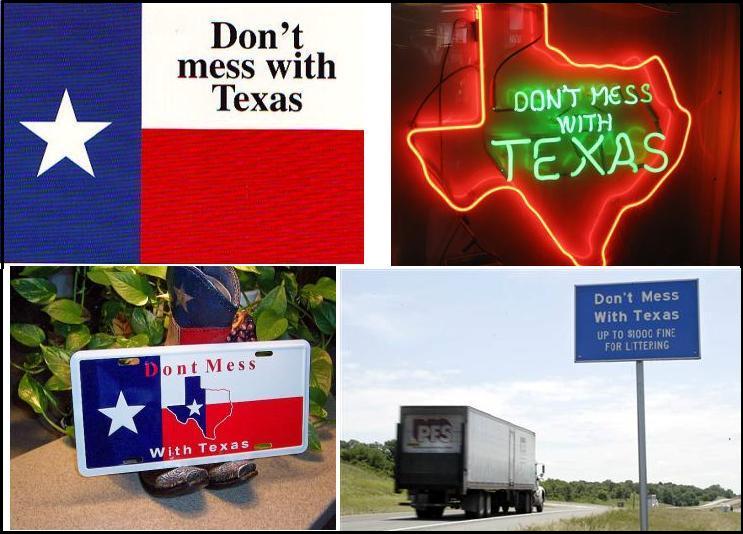
With its double meaning of “mess,” it captured Bubba’s patriotism and pugnacity. The bumper stickers were soon everywhere. The TV ads featured famous proud Texans. One of the early ones (so early, I can’t find it on YouTube) featured Too-Tall Jones and Randy White, two of the toughest dudes on the Cowboys defense, picking up roadside trash.
JONES: You see the guy who threw this out the window, you tell him I got a message for him.
WHITE: (picks up a beer can): I got a message for him too.
OFF-CAMERA VOICE: What’s that?
WHITE: (Crushes the beer can with one fist). Well, I kinda need to see him to deliver it.
JONES: Don’t mess with Texas.
Litter in Texas has been reduced by 72%, the campaign is still going strong a quarter-century later, and McLure and Spence have a book about it. My source was Made to Stick by the Heath Brothers (no, jazzers, not thoseHeath brothers), Chip and Dan.
